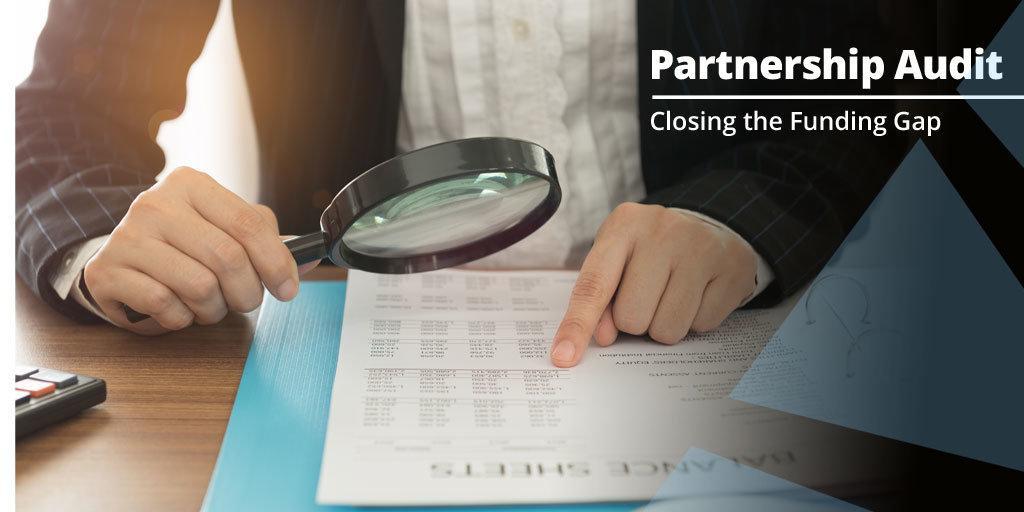What You Need to Know About the New Partnership Audit Rules

Partnership Audit
Let’s talk about partnerships. If you’re a business owner, you’re likely familiar with the multiple types of partnerships, such as limited, limited liability, joint liability, and joint ventures. Regardless of what you call it, the most important thing to remember is that a partnership is “a legal form of business operation between two or more individuals who share management and profits,” as defined by Entrepreneur. You may not be as familiar with the Bipartisan Budget Act of 2015 (BBA), however. The BBA went into effect on January 1, 2018 and established new rules for the federal income tax audits of any entity that elects to be treated as a partnership for income tax purposes (for example, an LLC). These rules were enacted in an effort to streamline the audit process of partnership tax returns. Basically, if you’re going to get audited, it will be at the partnership level, and taxes will be paid by the partnership rather than the partners. Small partnerships with 100 or fewer partners can elect out of the new BBA rules, but only if they don’t have a partnership as a partner.
Getting down to brass tacks, what does all this jargon mean for you? Well, the BBA rules now require new language for any partnership or other governing agreement. If you haven’t taken care of updating your operating agreements already, you’ve got some homework to do for tax season.

One of the major changes the BBA has made is that each partnership now must designate a Partnership Representative (formerly known as a Tax Matters Partner) who has the sole authority to communicate with the IRS and act on behalf of the partnership in the event of an audit. This representative is not required to be a partner, but they must have a substantial presence in the United States, a U.S. street address and telephone number, and a U.S. Tax ID number. In short, the Partnership Representative has a lot of power, so the choice is not to be taken lightly. A partnership representative must be designated annually on the partnership tax return and is effective starting on the date the return is filed.
A second significant change has to do with the amount of taxes your partnership may be paying. The new rules let the IRS assess and collect taxes during an audit at the partnership level—meaning the highest individual or corporate tax rate. As you may know, partnerships previously were recognized as flow-through entities and weren’t required to pay taxes at all. Income would be passed to the partners, who would then pay the tax at their individual or corporate rate (which is likely lower than the highest individual tax rate). Now that taxes will be assessed at the company level, it’s probable more taxes will be paid. Additionally, these new rules prevent individual partners from participating in the audit or appealing the findings.
To sum up, businesses conducted as partnerships would do well to go over these new rules and determine whether or not they can (or want to) opt out. It’s also important to review any partnership agreement to verify it meets the update requirements, and think about additional liability protection for the Partnership Representative who is designated. For a detailed chart on the major differences between the old and new rules, check out The CPA Journal.

